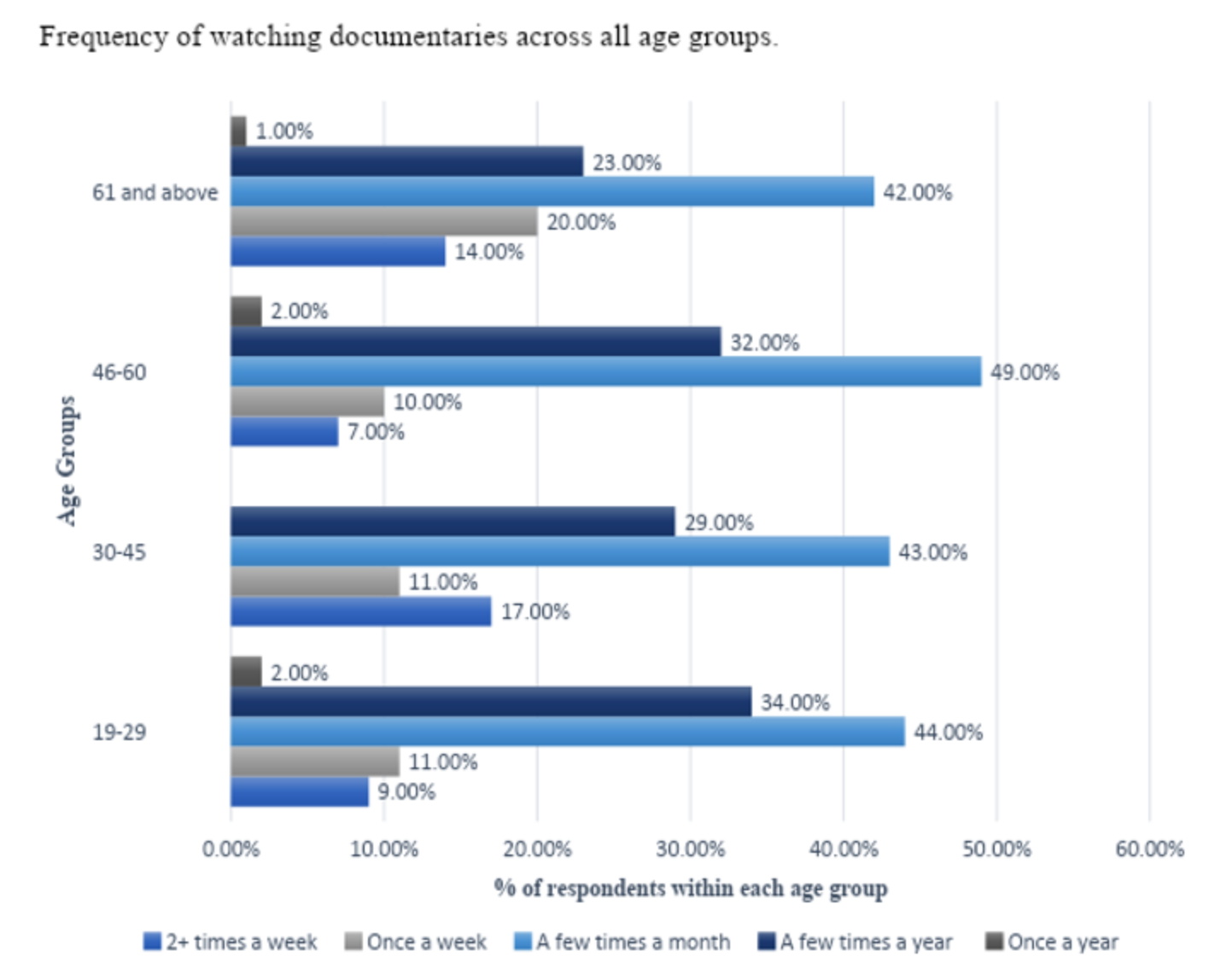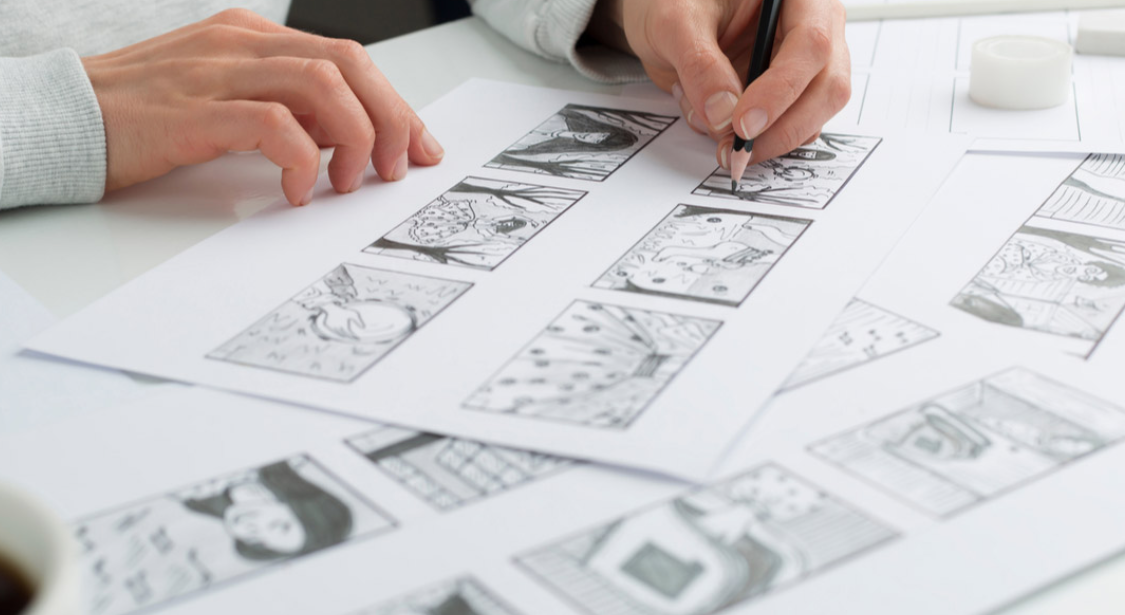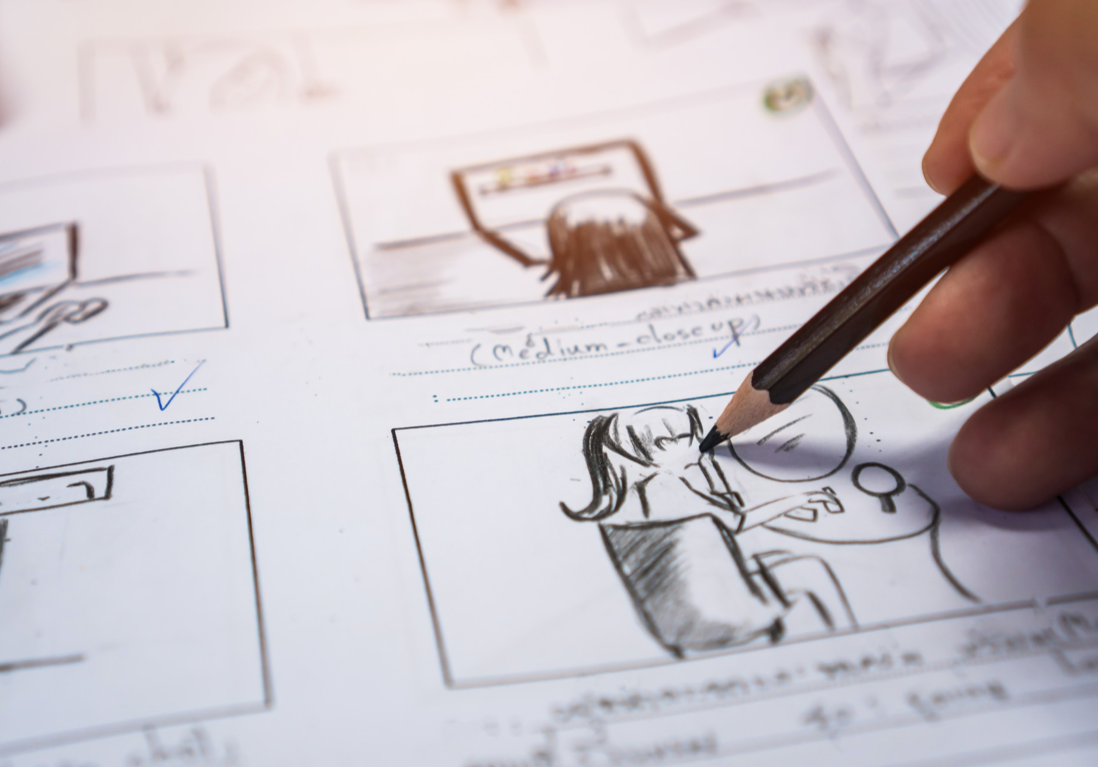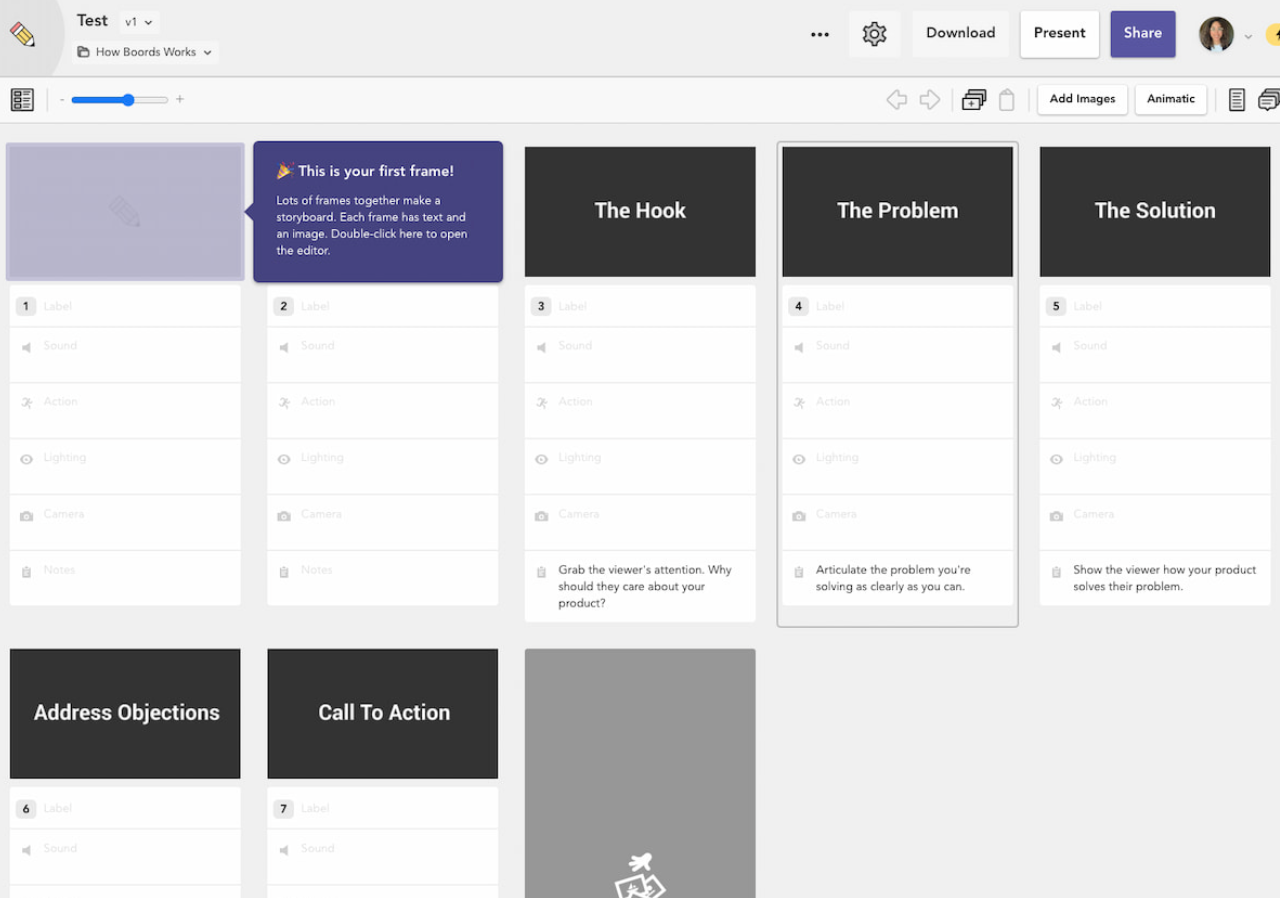The Importance of Storyboards: Documentary Filmmaking
Storyboards can be the missing piece between success and failure for documentary filmmaking. Your guide is here.
10 minute read
As 2022 is coming to a close, various documentaries stand out from the year. From A Tree of Life: The Pittsburgh Synagogue Shooting, that places the victims of the mass shooting at its center, to Louis Armstrong’s Black & Blues, that manages to dig up even more archival footage of the once-in-a-generation icon. With new original documentaries available to watch each year, streaming platforms like Netflix and HBO are to thank for their increased viewership. A survey found that 70% of the U.S. population watches documentaries a few times a month, as you can see in this graph.

Thinking about producing a documentary? Part of the process involves storyboarding. Fullframe Creative has you all covered in this post as we’re going to take you through everything you need to know about storyboards.
Storyboards for Documentaries
1. What are they?
2. Why are storyboards important in the filmmaking process?
3. Your how-to guide on storyboards
4. Tools for storyboards under a budget
What are storyboards?
Storyboarding is all about telling a story. Storyboards can be used across all aspects of filmmaking, from corporate videos to animation videos. Many industries include storyboarding in their process from commercial productions, event launches, video games, and more. However, in today’s post, there is a focus on documentary filmmaking. Documentary filmmaking is not only a service offered by Fullframe Creative, but it’s also generally important, as it involves preserving important parts of history and gives viewers a better understanding of events.
According to Caroline Forsey from Hubspot (2022), “storyboarding is the process of sketching out the progression of a marketing video, animation, or film. Each scene or shot is assigned a panel, and each panel includes a visual sketch or a photo of the concept. You can include dialogue, notes, audio, and more in each panel.”
In other words, storyboarding is a visual aid for filmmakers, creatives and clients to plan and organise the overall video. Here’s a quick video to better understand storyboards.
Why are storyboards important in the filmmaking process?

If you come from a corporate background, you will know that brand storytelling involves using a narrative to connect your brand to customers, with a focus on linking what you stand for to the values you share with your customers. Storytelling is easily and quickly illustrated through storyboards.
For documentary filmmaking, for example, storyboarding is essential for these three key reasons.
- First, it improves the overall quality of your film. As you will have thoroughly thought out your script and scenes, everything will fall into place and make sense.
- Secondly, it saves time. As author Jeanette Coron said, “time is money, and when you waste time you waste money and success you can have.” (Source) With a great storyboard of your film, everything will be clear to everyone. That means you won’t have to go back and change things or figure things out mid-shoot.
- That brings us to the third point. Storyboards will save you money. Linked with time, storyboards will help you avoid wasting time by organising your ideas before you start shooting. The more time you spend on a shoot, the more money you will spend.
Overall, storyboards illustrate each scene in the documentary. They help filmmakers think through the structure of their film before they start shooting it.
For storyboards, just make sure to be clear that your storyboards should be final well before the shoot. You don’t want to be editing your storyboard as you prepare for shooting. You will need a clear deadline for the completion of the storyboard.

Your how-to guide on storyboards
As you dive into storyboarding for your documentary, here are four key tips.
- Brainstorm all ideas onto paper. You need to first get all those original ideas down. As they say, there’s no such thing as a bad idea, especially at this stage.
- Don’t spend too long on the opening sequence. Get straight into the video. The video can later change into a longer shot if you want it to. But for the storyboarding process, you want it crisp and clear.
- Make sure every frame counts. The quality of your film will be better if each frame is considered key in your storyboard.
- Embrace feedback. When you’re in the storyboarding process, there will be a lot of back and forth. Taking constructive criticism is key. With more minds on the project, new and better ideas may arise.
Tools for storyboards under any budget
Here are three tools for storyboarding under a budget.
- Boords Storyboard Creator. Pricing: 36$/month. You can easily collaborate via this platform. You can quickly jot down notes and add images for each frame.
- Plot. Pricing: 10$/month. You can add and delete scenes without copying and pasting text. It’s also cheaper.
- Canva. Pricing: free. Canva is a platform used for many reasons, whether you’re making a card or a storyboard. With so many templates available, you can easily make a storyboard from scratch.

Conclusion
Hopefully you’ve learnt about the storyboarding process and you can go out and try these in your own time. Maybe apply them to your next project. Documentaries, like a lot of other types of films, require key planning and careful collaboration. The storyboarding process will save you time and money. If you’re in need of assistance for the creative process or documentary filmmaking, feel free to contact us here at Fullframe Creative.
Spark up your Image!
Stand out for all the right reasons.
We help you communicate in a clear, creative and comprehensive manner.